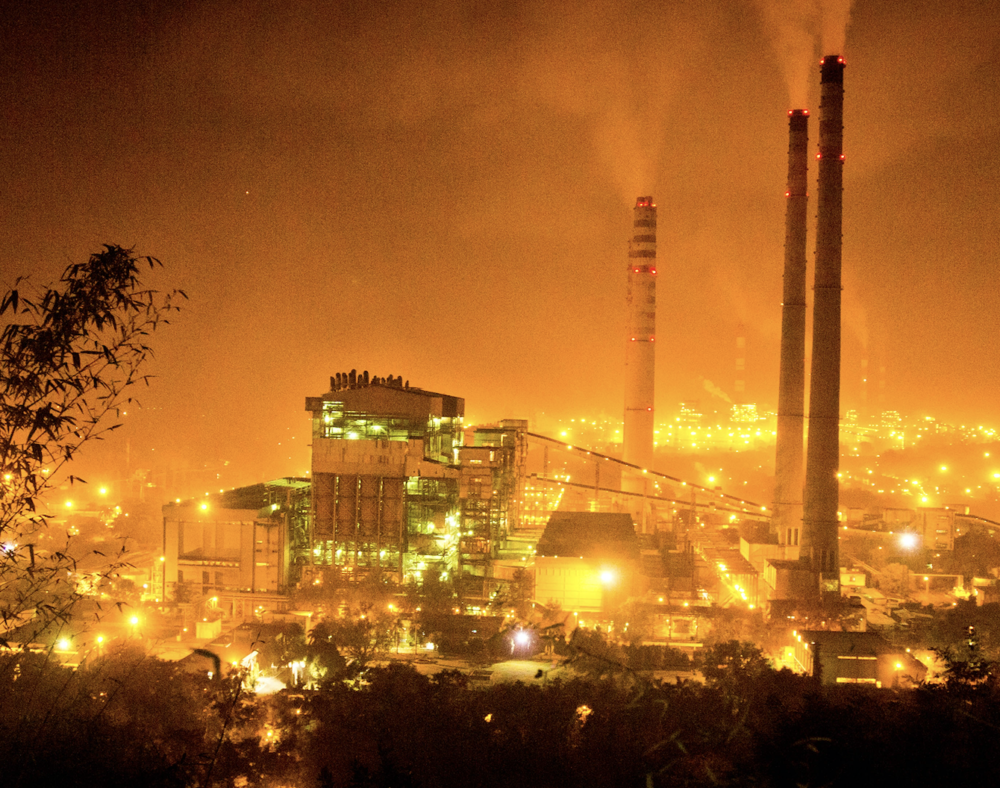Global energy-related carbon emissions reached a record high in 2018 as worldwide energy demand and coal use surged mostly from power plants in Asia, the International Energy Agency reported.
Energy-related CO₂ emissions rose 1.7% to 33.1 billion tons from the previous year, the highest rate of growth since 2013. The power sector accounted for almost two-thirds of that growth, according to the IEA report on Monday.









